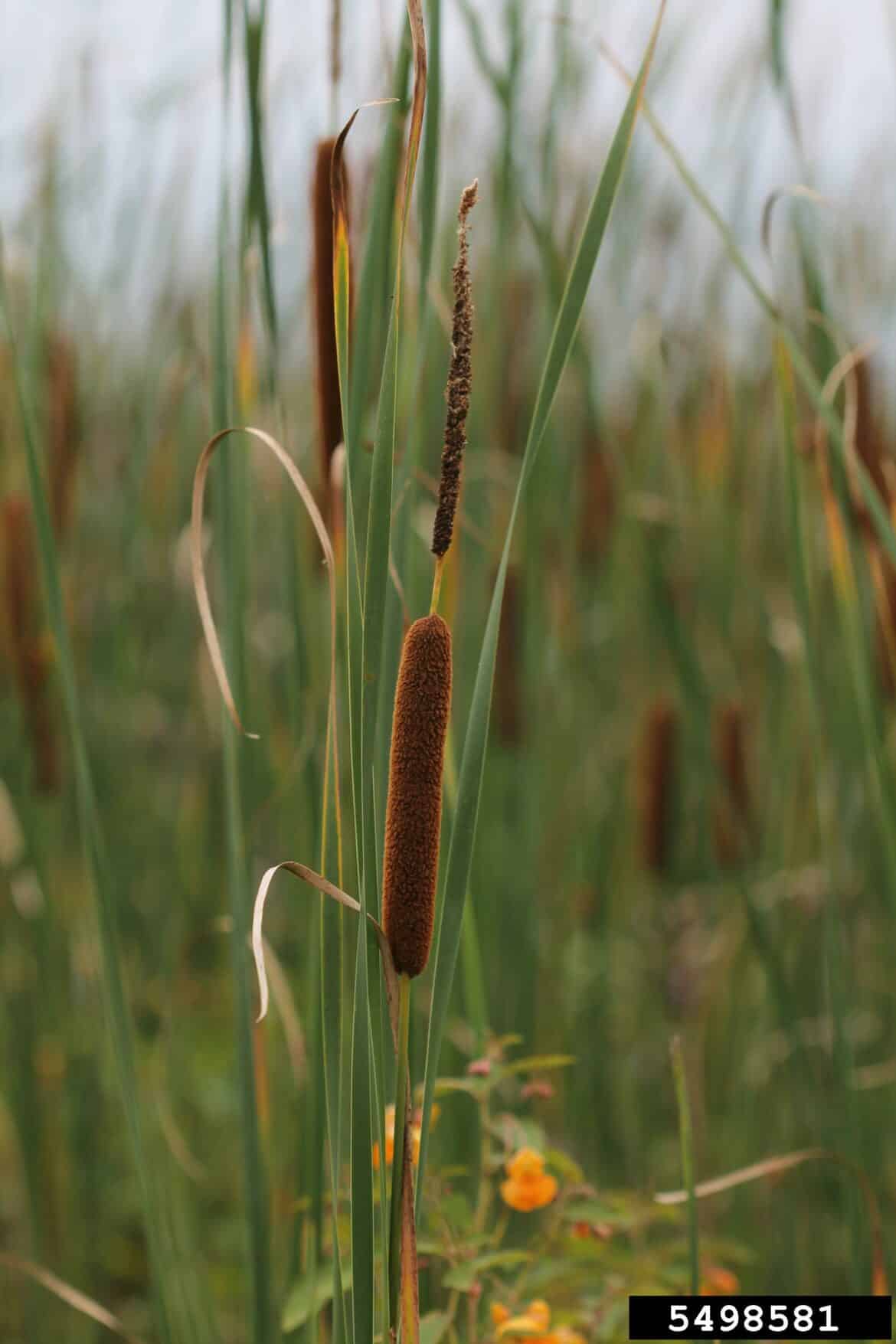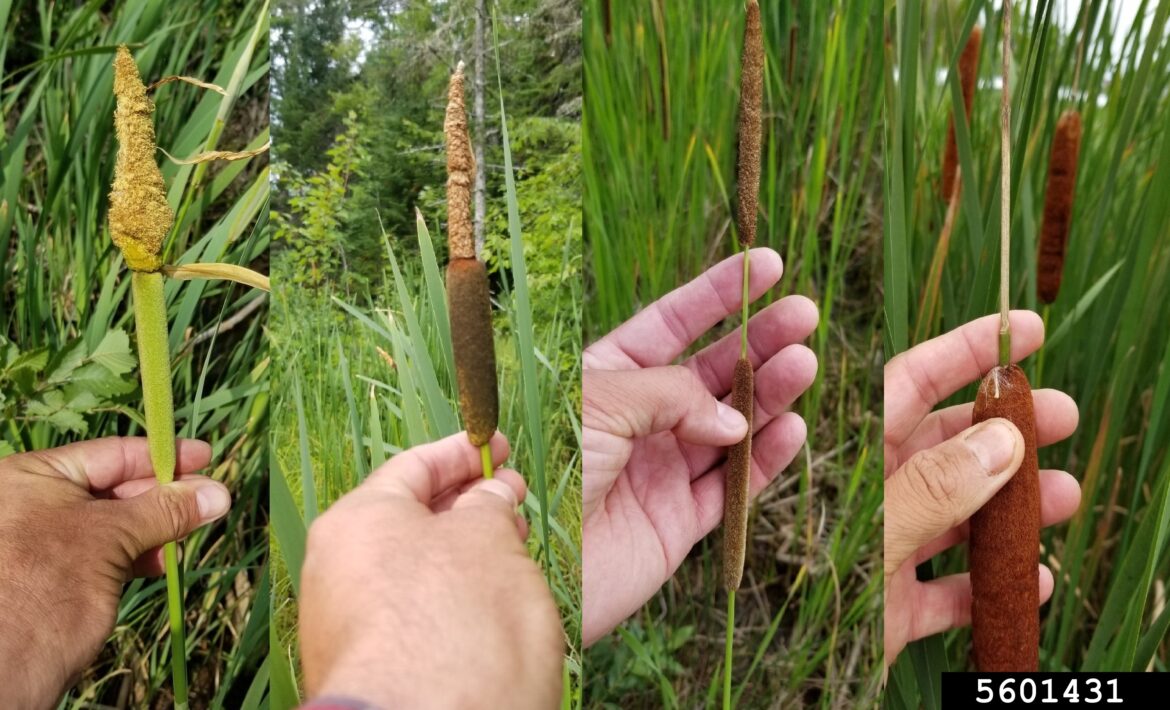By Allison McCabe | March 16, 2023
Last month, the paper “Undetected but Widespread: The Cryptic Invasion of Non‑Native Cattail (Typha) in a Pacific Northwest Estuary” was published in the scientific journal Estuaries and Coasts by Stewart et al. The primary author, Daniel Stewart, spoke at our 2019 Forum about his proposed cattail research, as the invasive T. angustifolia had been detected in the estuary but its prevalence and distribution had never been mapped. Daniel joined us at our Forum again in 2023 to discuss his findings, summarized below for those who didn’t get a chance to attend in person.
The Fraser River Estuary (FRE) – where the mighty Fraser meets the Pacific Ocean in Delta, Richmond, and Vancouver – is an astoundingly diverse and complex ecosystem made up of a network of channels, tidal marshes, mudflats, sand flats, and eelgrass meadows. One of the largest salmon spawning rivers in the entire world, home to a population of ancient and mysterious white sturgeon, and a globally recognized Important Bird and Biodiversity Area (IBA), the FRE supports over 100 species of “at risk” plants and animals. There is no overstating how ecologically important this region is. Sadly, as the FRE is in Canada’s third-largest metropolitan area (Greater Vancouver), it has suffered many human-mediated disturbances, including: habitat loss, fragmentation, and degradation due to development, climate change, dredging and diking, pollution, industrial activities, and the introduction of invasive species.
Two invasive species of concern are the narrow-leaved cattail, Typha angustifolia L. and Typha x glauca Godr., the hybrid offspring of T. angustifolia and our native broadleaf cattail, T. latifolia. Both T. angustifolium and T. x glauca look extremely like our native cattail, which has hindered identification and detection efforts until recently.

Originally introduced as an ornamental species in the early 19th century, T. angustifolia is more salt-tolerant than our native T. latifolia, and their hybrid offspring T. x glauca is more ecologically competitive than either parent. Both T. angustifolia and T. x glauca displace native marsh communities by outcompeting native species through rapid growth and size, hogging nutrients, and making the soils around them less hospitable to plant growth due to toxic compounds emitted by their roots. Cattails reproduce via cloning, fragments, and seed – each flowering head can contain 10 thousand to 100 thousand seeds! By changing the composition of the plant community, they also affect other species: waterfowl habitat is degraded, and fewer insects and macroinvertebrates are found in these infested areas. Prior to this study, the extent of a possible T. angustifolia/T. x glauca infestation in the FRE was not known. By using a combination of spectral imagery analysis and species distribution modeling, Stewart et al. found that non-native cattails are widespread, currently occupying up to 50 hectares of FRE tidal marshes.

Though never formally recorded in the estuary previously, T. × glauca appears to be more abundant than both invasive T. angustifolia and native T. latifolia, suggesting that the hybrid is more competitive than either of its parents. Based on modelling of existing and future site characteristics and patterns of spread, they found that the scale of this invasion may increase over time. Approximately half the estuary is considered moderate to high risk of being invaded. Due to the extent of the current invasion and modeling, estuary-wide containment is not likely, but monitoring and early eradication in areas of high conservation and cultural value will be valuable tools for keeping these invasive cattails in check.
Allison is the Senior Lead of Outreach at ISC. A horticulturist, teacher, and amphibian lover, she is passionate about protecting BC’s biodiversity from invasive species through education and experiential learning. You can reach Allison at amccabe@bcinvasives.ca
Share


